Last Sunday, I had to pleasure of joining a panel of authors from the Mystery Writers of America in a free workshop on writing for young readers. For those of you who weren’t able to make it, I thought I’d share a bit about what I’ve learned over the years with regard for writing for young readers, particularly middle grade and young adult.
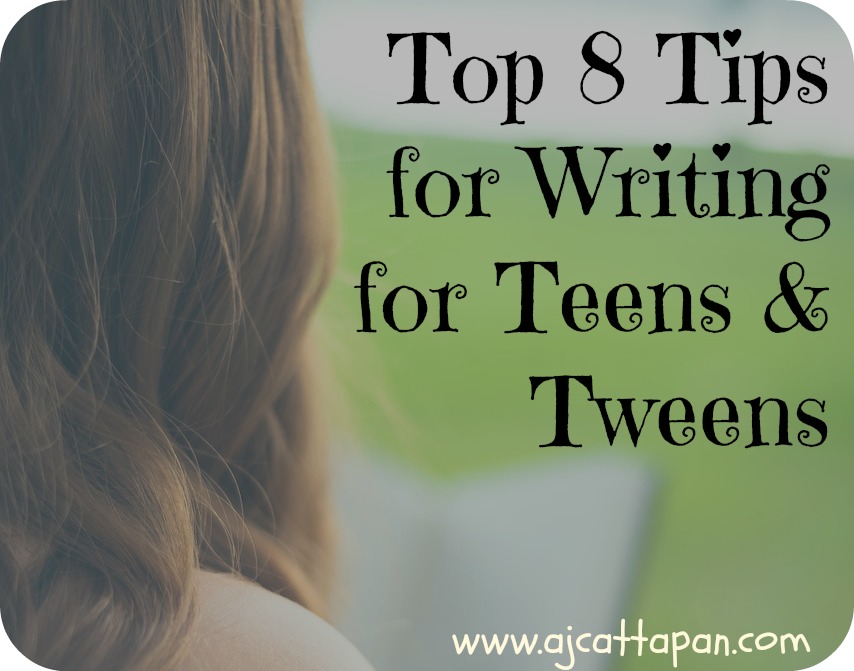 TIP #1: Read many books for the age group you want to write for.
TIP #1: Read many books for the age group you want to write for.
If you want to write for teens, read a lot of young adult books. If you want to write for tweens, read a lot of upper middle grade books. There’s definitely a difference between the two, and you won’t know it unless you read a lot of both. Young adult novels have a much more introspective tone and often deal with much more complex questions about life, family, and friends–and most importantly, one’s place in the world. Upper middle grade novels tend to be more about friendships and fitting it, but they can still touch on tough topics. However, if they deal with tougher topics, they tend to do so in more of an off-the-page, slightly removed way, whereas YA books aren’t afraid to bring the difficult issue to the forefront. A YA book can spend longer periods being reflective as the teen protagonist tries to sort out her beliefs. A middle grade book will spend less time being reflective and more time keeping the plot rolling.

Kid readers are smart readers.
TIP #2: Don’t dumb down your stories or characters.
Young readers still demand that their stories are full of realistic and likeable characters that are fully rounded. Flat, one-dimensional characters are dull. Young readers know when they are being talked down to or preached to. Even if you find your sentence structure and vocabulary slightly less robust in a middle grade novel, it doesn’t mean that your story should be simple or your vocabulary stale. There’s a difference between limiting challenging vocabulary (or complex sentence structure) and completely eliminating them.

Remember that your books will be competing with this.
TIP #3: Keep the action moving.
This is especially true for middle grade books, but it can hold true for young adult novels, especially ones aimed at younger teens. In this fast-paced, technology-driven world, your writing needs to compete with 60-second Instagram videos and 10-second Snapchat clips. Study the pacing of other popular YA novels and see if it matches yours. Popular movies can also give you a hint at what good plot pacing looks like. See Save the Cat by Blake Snyder for tips on plotting out your story arc so that the reader stays engaged.

You don’t have to do this writing thing alone.
TIP #4: Join a professional writing organization.
There’s so much to learn about the craft of writing as well as the business of marketing books that you could spend years researching this all online. Save yourself some time and join a writing organization like the Society of Children’s Book Writers & Illustrators or the Mystery Writers of America so that you can learn from others’ experiences. Attend conferences and workshops. Not only are these informative and fun, but you’ll make great connections with other writers and you’ll find yourself recharged for writing again.

Everyone needs a good laugh now and then.
TIP #5: Add humor to your story.
Young readers love humor. Even if you’re writing a serious story, see if you can’t inject a little humor now and then (even if it’s sarcastic) in order to vary the tone and tempo of your story. Being in middle school and high school is no walk in the park. Teens and tweens enjoy the chance to laugh even in the midst of their struggles. Create a character that they can laugh with, and they’ll be eating out of your hands.

Keep your writing timeless, not uber trendy.
TIP #6: Don’t overdo the slang.
I’ve seen a couple unpublished authors do this. They think they have to use “teen speak” in their books in order for their characters to seem realistic. The problem is two-fold: first, unless you really know how teens speak, you’ll probably misuse any slang you think they use. Second, whatever terms are popular today are likely to be unpopular by the time your book is published. While you don’t want your teen characters to sound too adult, you also don’t want them so firmly rooted in a generations’s slang that the book quickly becomes dated.

Don’t bore your reader until she’s tempted to throw her books up into the air.
TIP #7: Avoid overly lengthy descriptions.
This one is especially true for the middle graders. Older teens can better wade through description if it’s told in an interesting enough voice, but my middle schoolers often lament books where the narrator just “describes stuff too much.” They want the action to keep moving. Give them enough description that they can picture the character and the setting, but don’t create long paragraphs of description. Work the description into the action. Instead of telling them every single detail about your character’s appearance at once, sprinkle the description throughout the story. Have her catch her reflection in a shop window and remark how typically flat her blonde hair looks today. Or have her slip on her shoes as she laments the fact that her feet are so freakishly small she has to shop in the kids’ department.

Are you writing for a teen or a tween?
TIP #8: Know your age group.
As stated before, some people really struggle with the difference between YA and middle grade. If you don’t have children in those age groups, read up on books written for them. Learn what word lengths are common for each age group and each genre. A YA romance will probably not be as long as a YA fantasy or a YA sci-fi. Middle grade humor books will be probably shorter then middle grade historicals. Again, the best way to learn all this is by reading widely in the age group and genre you want to write for.
Most of all, have fun! Teen and tween readers are the best fans! They are devoted to writers they like, and they eagerly anticipate the next book.
Got a tip I didn’t mention? Leave it in the comments below!
Want info on my book giveaways? Join my Insiders Club!
Save
Save
Save
Save
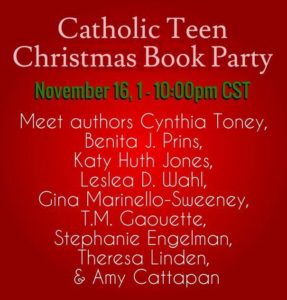


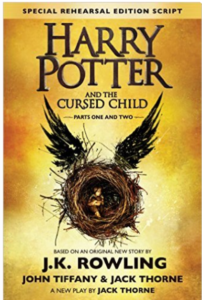 Title: Harry Potter and the Cursed Child
Title: Harry Potter and the Cursed Child TIP #1: Read many books for the age group you want to write for.
TIP #1: Read many books for the age group you want to write for.







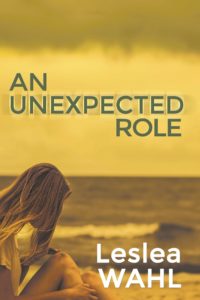 Title: An Unexpected Role
Title: An Unexpected Role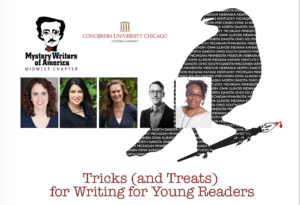
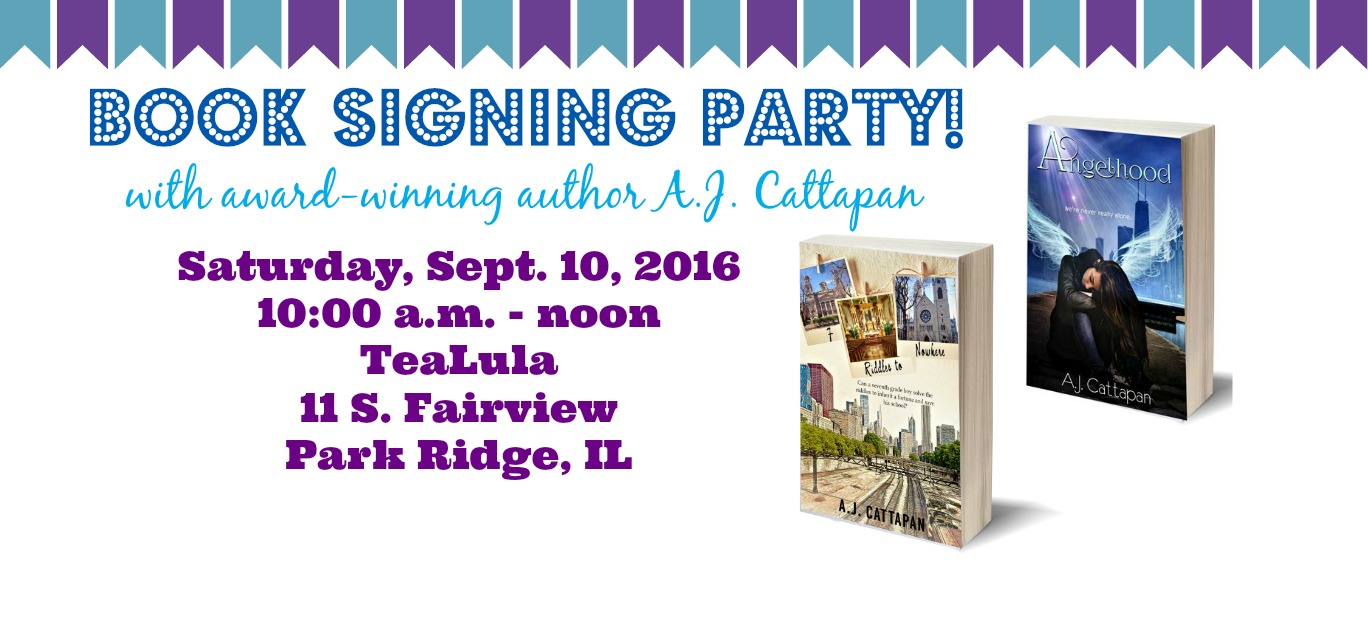


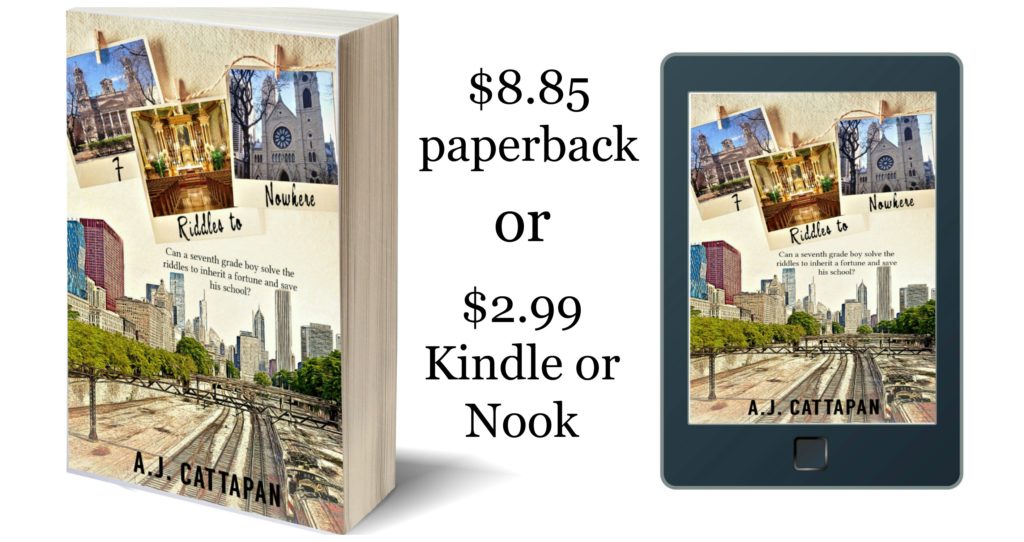
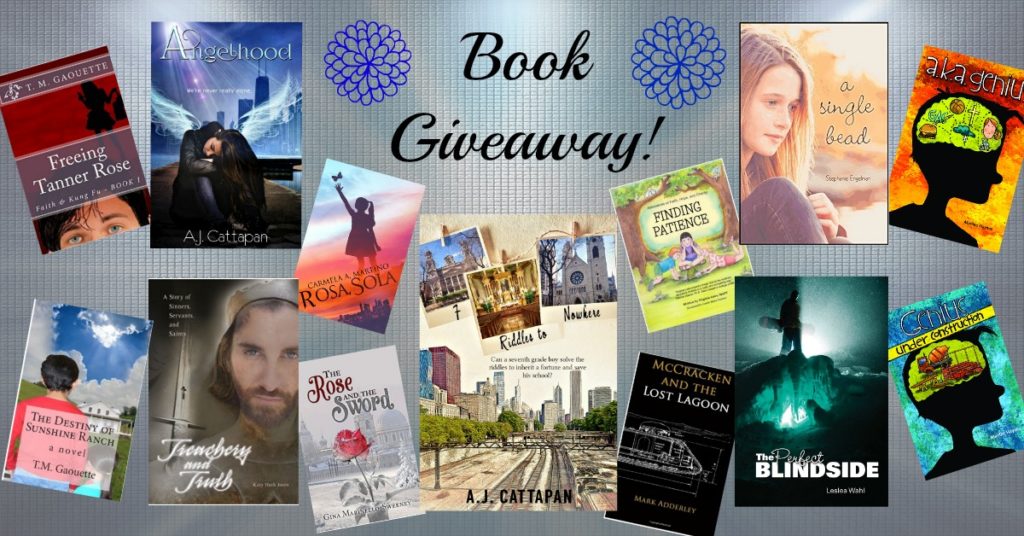
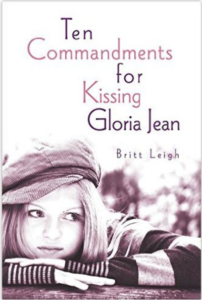 Title: Ten Commandments for Kissing Gloria Jean
Title: Ten Commandments for Kissing Gloria Jean





